
About 80% of adults experience low back pain at some point in their lifetime. It is the most common cause of job-related disability and a leading contributor to missed work days.
But what can you do about it?
Here are some important signs to look out for in your workplace, plus some helpful strategies to avoid non-specific low back pain.
Breaks
This is the single most effective means of reducing pain and preventing recurrent injury. It is recommended to take a micro-break every 20 minutes, and a walking break every hour as a minimum.
Take the time to perform some stretches or walk to a colleague’s desk rather than send an email. If you are lucky enough to access a sit to stand desk, this can be useful to allow regular position changes throughout the day.
Work station set up
It is critical to ensure the positioning of your chair, desk, monitor and other equipment are correctly set up for you. In the current environment most office workers spend the majority of their day at their desks, so if it is not set up correctly anyone would eventually experience pain.
Chair:
- Sit back in the chair with the spine firmly against the back rest (this is the most common mistake!)
- Ensure that feet are placed firmly on the ground
- The angle at the hip should be between 90° – 120° to ensure the weight is distributed through the legs and pelvis rather than the lower back, and to avoid shortening of the hip flexor muscles
Desk:
- Pull in close to desk to avoid reaching forward and placing increased stress on the lower back
- Elbow angle should be between 90° – 120° to avoid hitching the shoulders or slouching forward
Monitor:
- Eyes should be level with the top ¼ of the screen
- Monitor at arm’s length
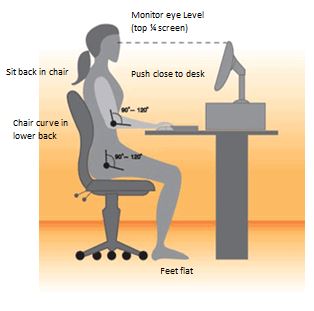 Unfortunately not all back pain is created equally, so it is best to consult with a Physiotherapist to diagnose your exact condition and rule out any damage before performing exercise.
Unfortunately not all back pain is created equally, so it is best to consult with a Physiotherapist to diagnose your exact condition and rule out any damage before performing exercise.
If you want to avoid back pain why not consult a Physiotherapist or Exercise Physiologist at Capital Clinic before it even occurs!
Let’s get physical!
Below are some great examples of stretches that can be done in any office space.
Lumbar rotation in sitting: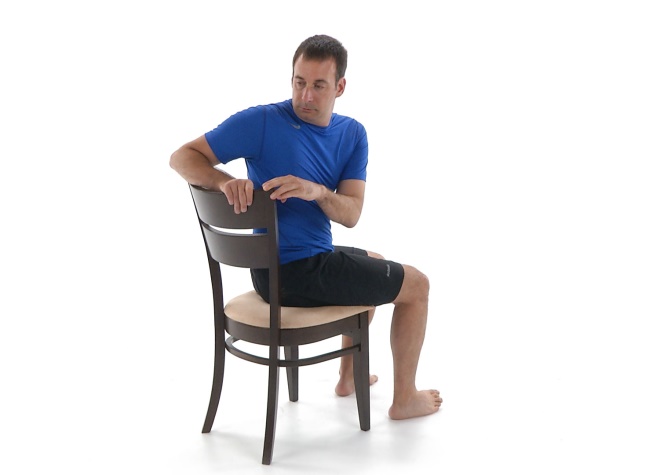
Side stretch: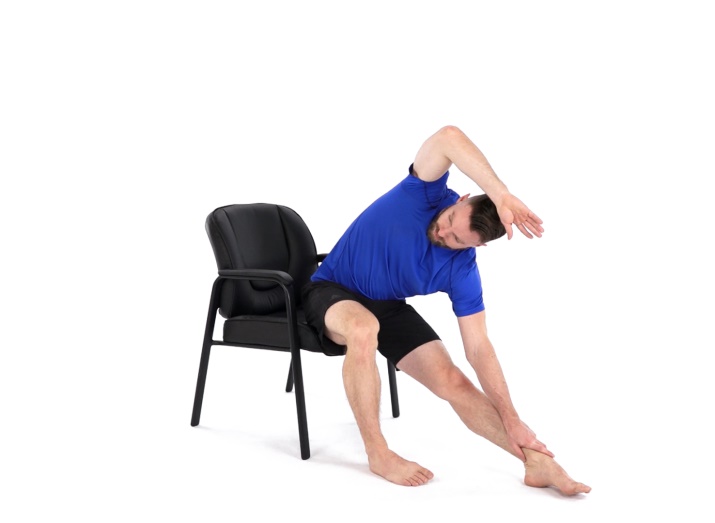
Windmill: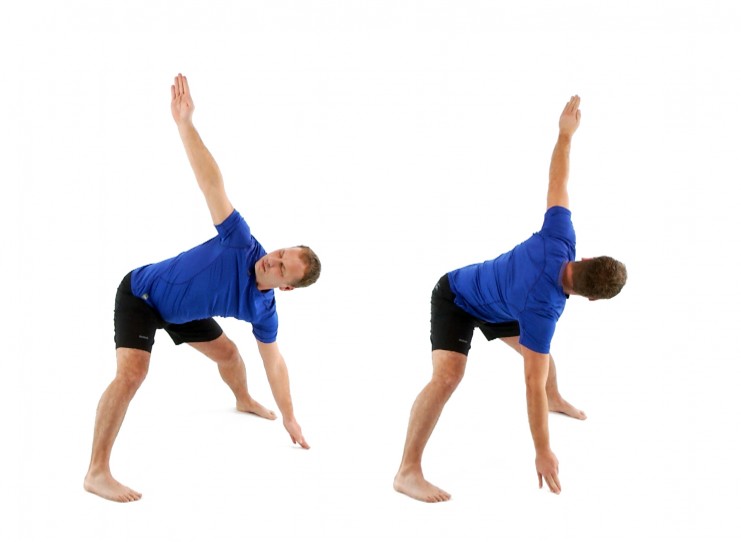
Full squat: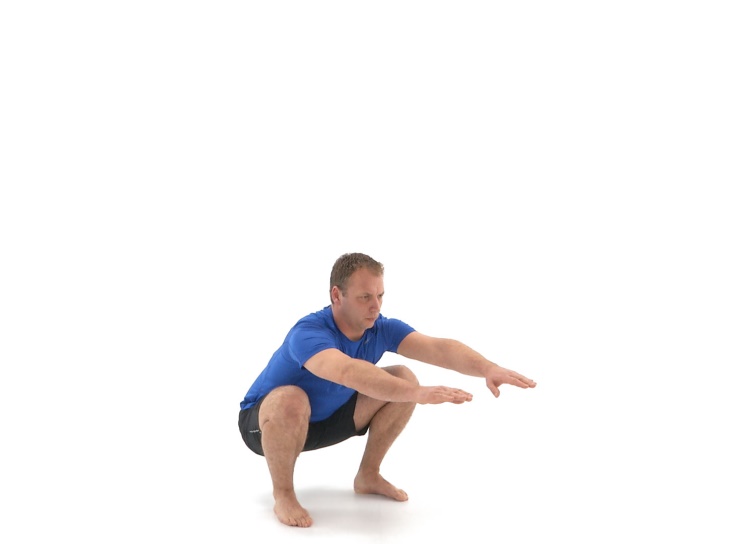
Side stretch against wall or door: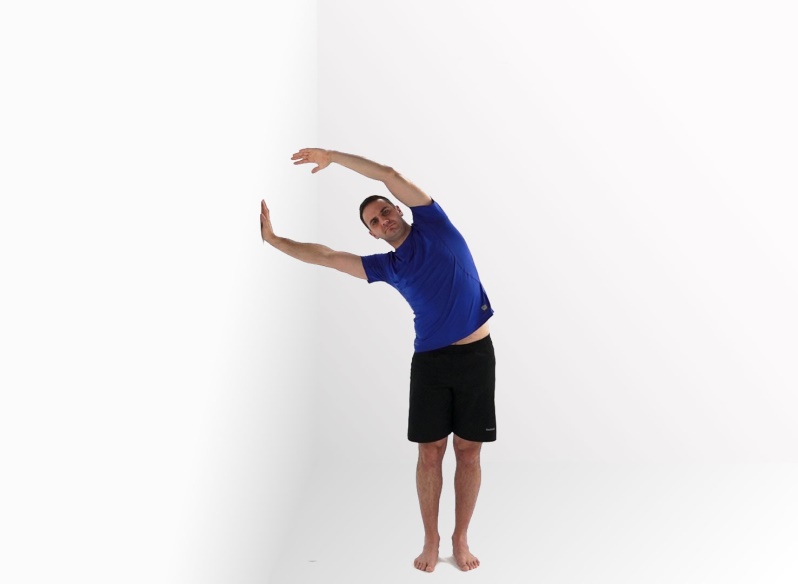
Full rotation – with band optional: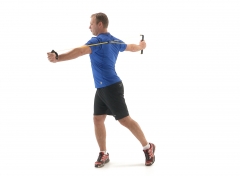
Hip flexor stretch: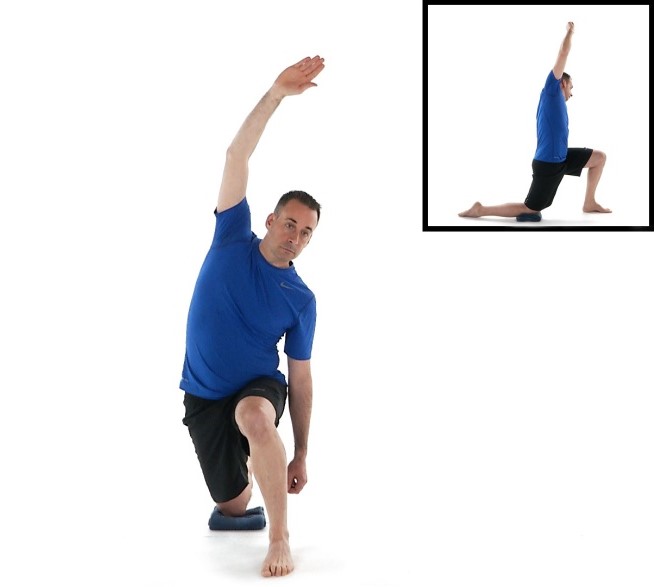
Standing rotations:
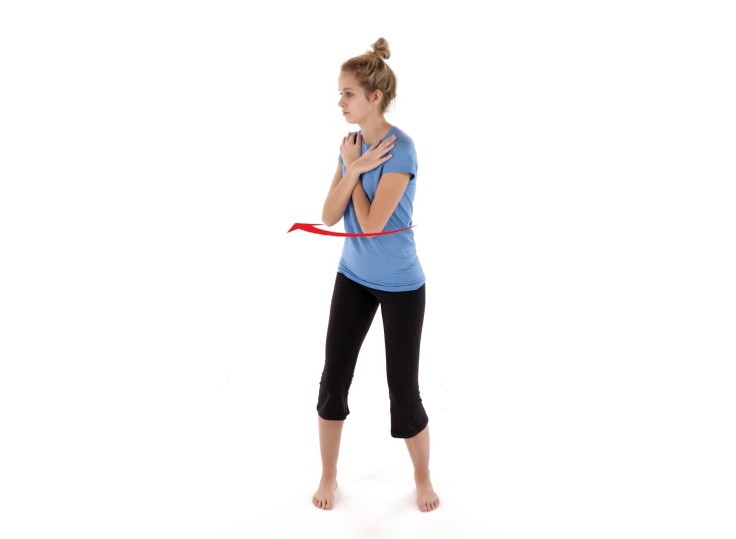
For an individualised exercise program specific to your needs consult one of our highly trained Physiotherapists or Exercise Physiologists at Capital Clinic Physiotherapy.
